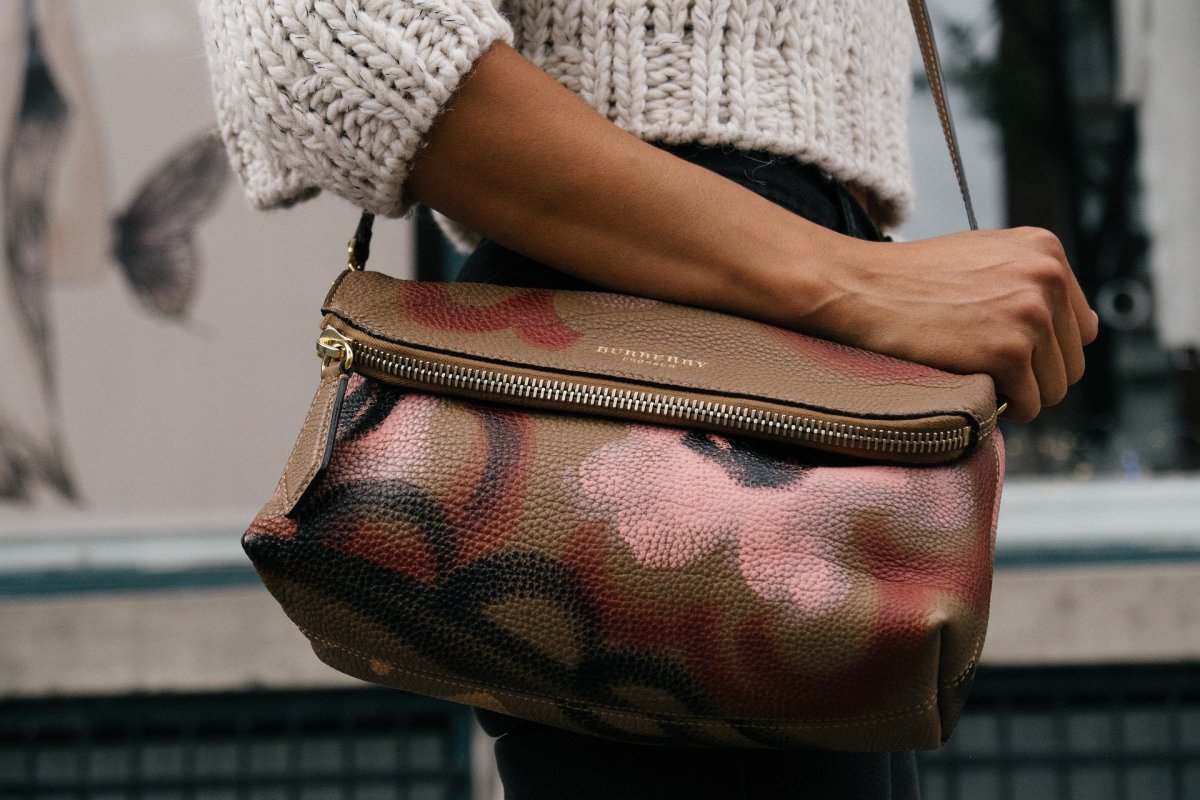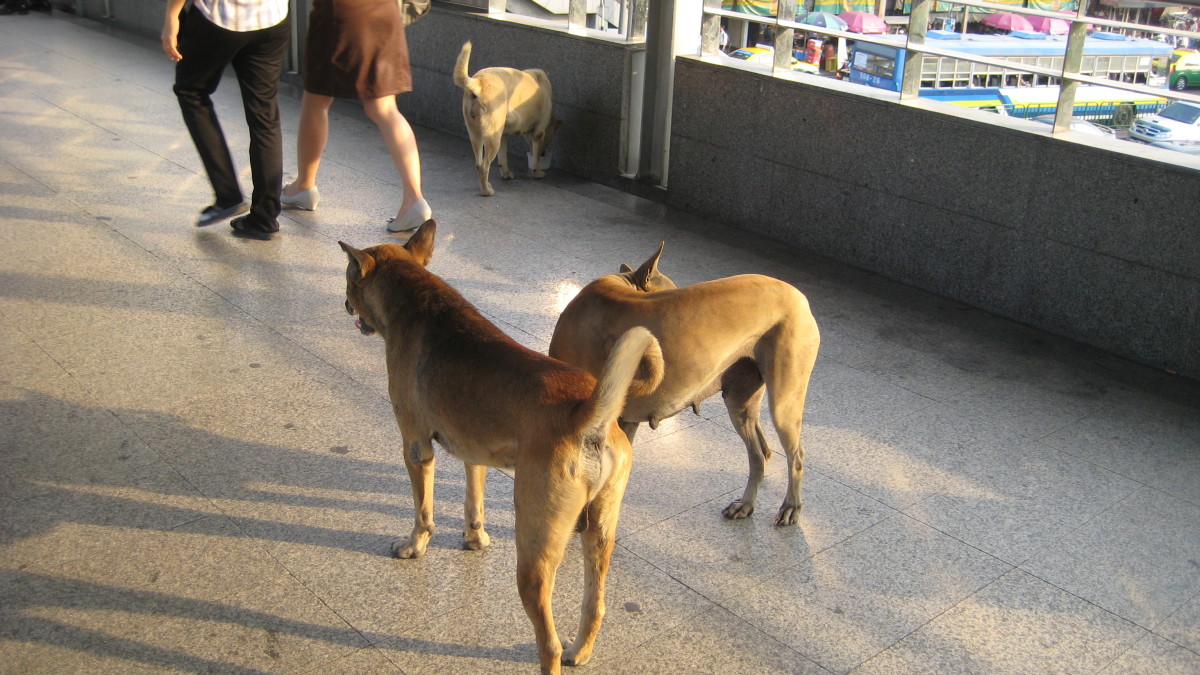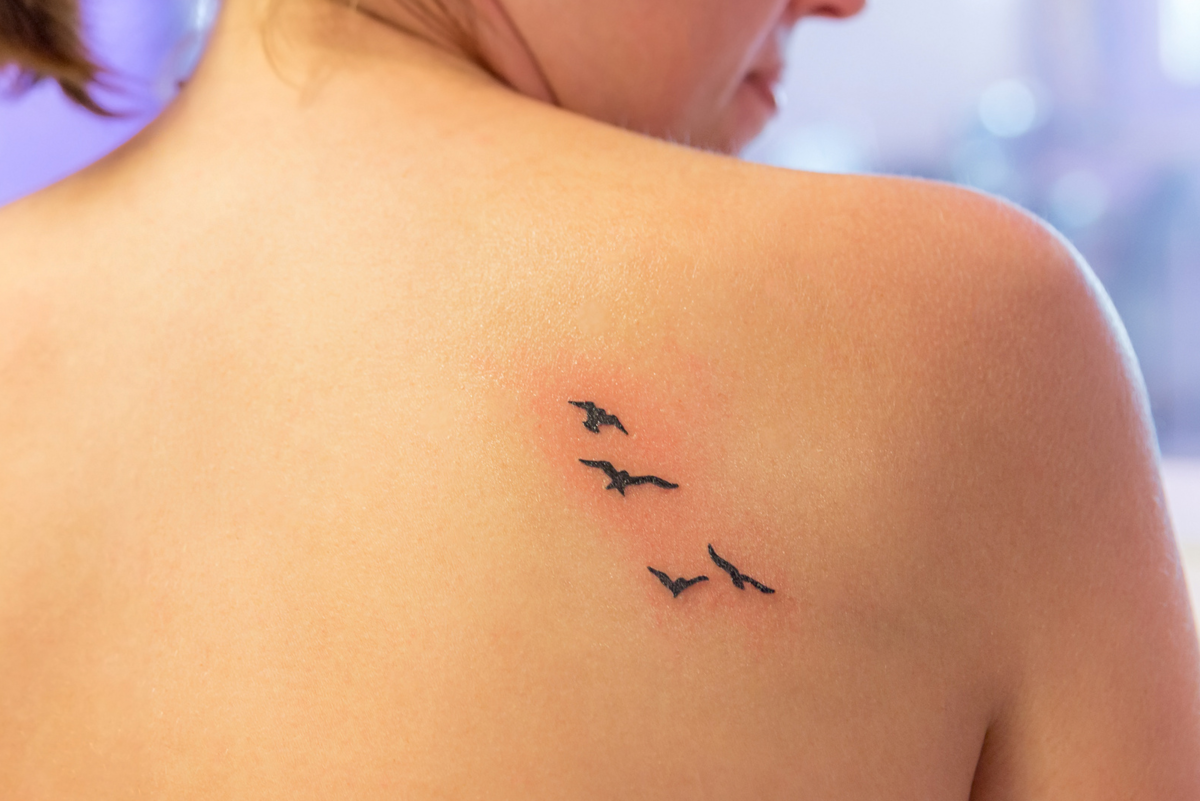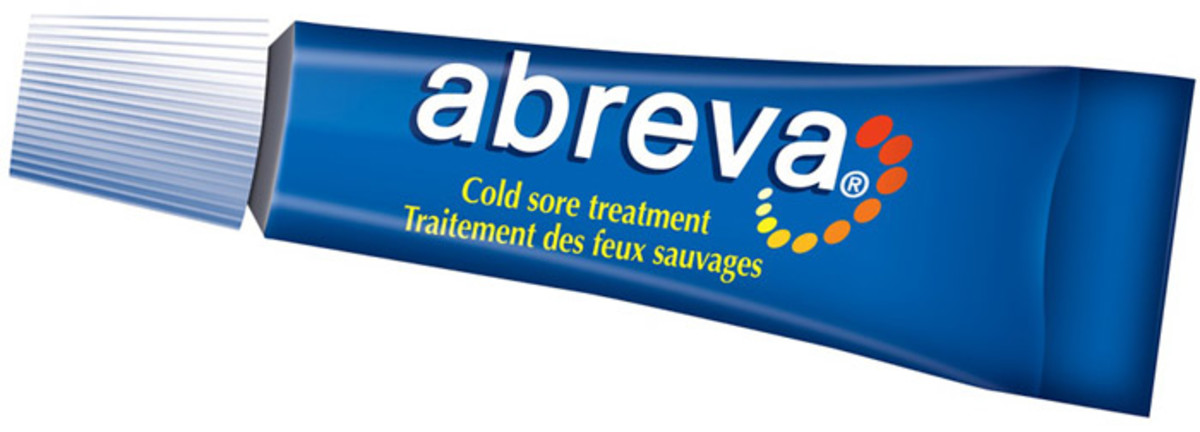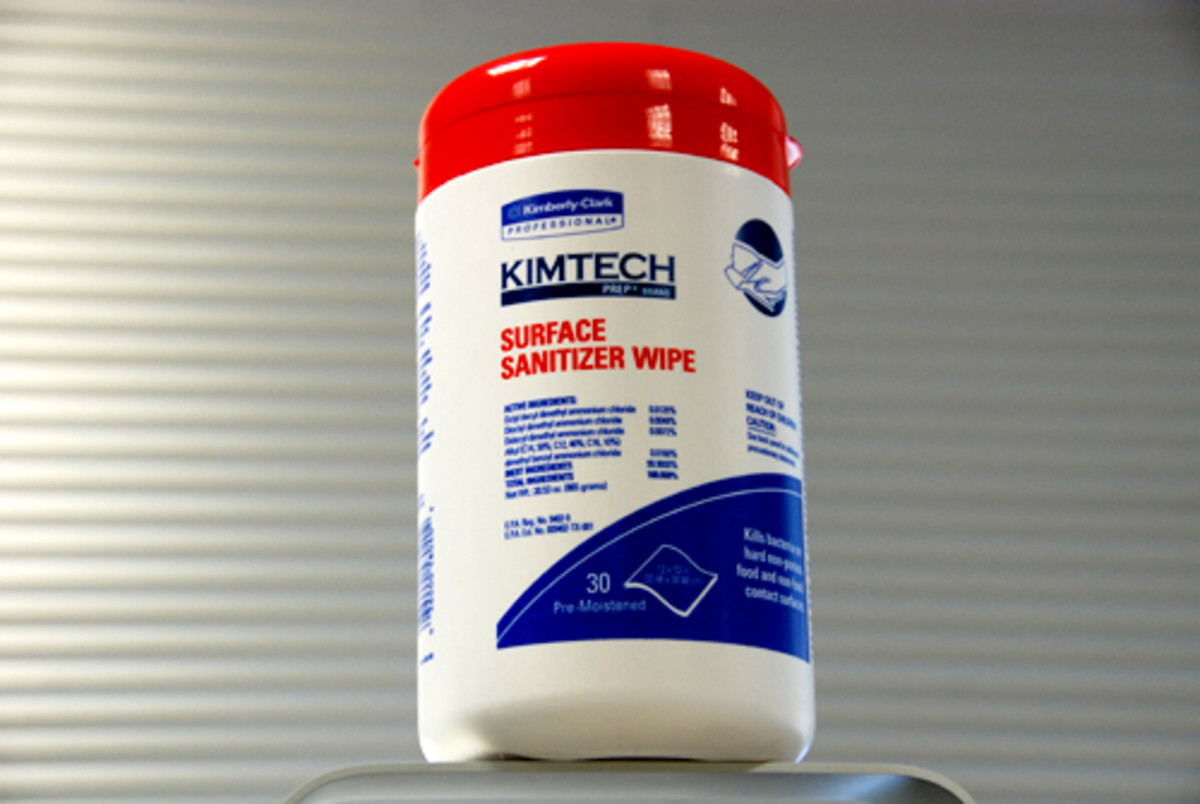How to Protect Yourself from Getting Typhoid
Highly Infectious Disease
Typhoid is a highly infectious disease which spread from one person to the other. It is caused by bacteria called salmonella typhi. The bacteria thrive in human, and are expelled from the human body mainly through stool and urine.
You get typhoid by eating or drinking food or water that is contaminated by with human body waste. The disease is common in places where hygiene and sanitary conditions are poor. It is primarily for this reason that it is no longer common in the developed countries.
The greatest threat to other people comes from healthy carriers of the salmonella typhi bacteria who are food handlers at home, hotels and food industries. Everybody is at risk of being affected and especially if you are above five years old.
Food Handler

Fight Back and Change Jobs Frequently
Mary Mallon infected 47 people with typhoid fever, three of whom died. It is thought that since Mary's case was the first in US, she did not understand how someone not physically sick could spread a disease. But she tried to fight back and changed jobs frequently.
When health inspectors led by George Soper, a civil engineer with experience in typhoid fever outbreaks, knocked on Mary's door in 1907, Mary seized a carving fork and advanced in Soper[s direction who felt rather lucky to have escaped. With the aid of five police officers and an ambulance, Soper was eventually able to capture Mary.
Mary was taken to the Hospital in New York. There, samples of blood and stool were taken and examined in a laboratory. Typhoid bacilli were found in her stool. The health department then transferred Mary to an isolated cottage on North Brother Island. In 1909, after having been isolated for two years on North Brother Island, Mary sued the New York City Health Department. For nearly a year preceding the trial, Mary sent samples of her stool to a private laboratory where all her samples tested negative for typhoid. Feeling healthy and with her own laboratory results, Mary believed she was being unfairly isolated.
Mary was eventually set free by the health commissioner on condition she will never again work as a cook. Anxious to regain her freedom, Mary accepted the conditions.
Make the Right Diagnosis Promptly
The symptoms of the disease include body ache, fever, fatigue, abdominal pains, diarrhoea, vomiting and constipation. Constipation and skin symptoms may be the clearest symptoms. The first stage lasts 10 to 20 days from where the patient will show listlessness and clouding of consciousness. Thereafter symptoms of intestinal infection are manifested; pulse becomes weak and rapid, and extreme diarrhoea which may contain blood.
Severity of the disease will however depend on the degree of contamination to salmonella typhi, patient's age and how fast the correct treatment is started.
This is a fatal disease and not the kind of disease that you may attempt to treat yourself. If you suspect you have typhoid, seek the help of a doctor immediately. In serious cases, complications such as intestinal perforations, bleeding, and heart and nervous disorders can develop, leading to death. Typhoid has symptoms similar to other diseases like malaria and misdiagnosis may lead to death. It is therefore very important to make the right diagnosis promptly so that the infection is treated early.
Vaccine Can Provide Immunity
The treatment will include antibiotics prescribed by your doctor and the medicine should be taken as per the doctor's instruction without failure. The salmonella typhi bacteria are everyday becoming more and more resistance to most antibiotics resulting to high deaths in humans.
To protect yourself against getting typhoid, all you need is to observe basic sanitary and hygiene measures. As the salmonella typhi bacteria are transmitted through contaminated water and food, it is important to apply cleanliness in food preparation and handling. Food handlers in hotels and food industries should undergo medical test regularly to determine if they are having salmonella typhi bacteria.
Today, you can ask your doctor for vaccination to protect yourself and you family against typhoid. The vaccine can provide immunity against typhoid for at least three years. This is especially very important if you are traveling out of your country and in particular to some parts of Asia, Africa, Central and South America, where salmonella typhi bacteria occasionally causes epidemics.
3% of Those Who Are Sick of Typhoid Fever Become Healthy Carriers
The bad news is that about three percent of those who are sick of typhoid fever become healthy carriers, creating the right avenue to keep on recycling the salmonella typhi bacteria.
Typhoid Mary
The first known case of a healthy carrier of typhoid salmonella typhi bacteria was reported in US in 1907 from a lady known as Mary Mallon.
Mary Mallon had immigrated to America at the age of 15 from Ireland. She was born on September 23, 1869 in Cookstown, Ireland. Like many other women who emigrated from Europe, Mary found a job as domestic servant eventually becoming a cook which was paying more money than many other domestic jobs. Mary's mother had died of typhoid fever meaning she more likely was born as a true healthy carrier of typhoid.
Infected 47 People with Typhoid Fever
Mary Mallon infected 47 people with typhoid fever, three of whom died. It is thought that since Mary's case was the first in US, she did not understand how someone not physically sick could spread a disease. But she tried to fight back and changed jobs frequently.
When health inspectors led by George Soper, a civil engineer with experience in typhoid fever outbreaks, knocked on Mary's door in 1907, Mary seized a carving fork and advanced in Soper[s direction who felt rather lucky to have escaped. With the aid of five police officers and an ambulance, Soper was eventually able to capture Mary.
Typhoid Bacilli Found in Her Stool
Mary was taken to the Hospital in New York. There, samples of blood and stool were taken and examined in a laboratory. Typhoid bacilli were found in her stool. The health department then transferred Mary to an isolated cottage on North Brother Island. In 1909, after having been isolated for two years on North Brother Island, Mary sued the New York City Health Department. For nearly a year preceding the trial, Mary sent samples of her stool to a private laboratory where all her samples tested negative for typhoid. Feeling healthy and with her own laboratory results, Mary believed she was being unfairly isolated.
Mary was eventually set free by the health commissioner on condition she will never again work as a cook. Anxious to regain her freedom, Mary accepted the conditions. She was also to regularly show up for more fecal samples and if she changed her address, she was to notify the New York City Health Department.
Use of Pseudonym
This pushed Mary into services in other domestic positions which did not pay well as cooking. By use of pseudonym, Mary eventually went back to work as a cook using the name Mrs. Brown in Sloane Maternity Hospital, Manhattan. Twenty-five people in that hospital became ill with typhoid fever and two of them died. Finally, the evidence started pointing to the cook, Mrs. Brown, who turned out to be Mary Mallon.
No more sympathy to Mary. She knew she was a healthy carrier of typhoid. She thus willingly and knowingly caused pain and death to her victims. The use of a pseudonym made the public feel that Mary knew she was guilty - hence the name Typhoid Mary.
Isolation in NorthBrotherIsland
Mary was again sent to North Brother Island to live in the same isolated cottage that she had inhabited during her last confinement. For twenty-three more years, Mary remained imprisoned on the island.
On the island, Mary helped around the hospital as a "nurse" and then "hospital helper". She also helped in the laboratory. In December 1932, Mary suffered a large stroke and was transferred from her cottage to a bed in the children's ward of the hospital, where she stayed until her death six years later, on November 11, 1938.
The Author’s page is designed to help beginners and average readers make some money as an extra income to supplement what they may be earning elsewhere - details of which you can find in My Page, if you will.



